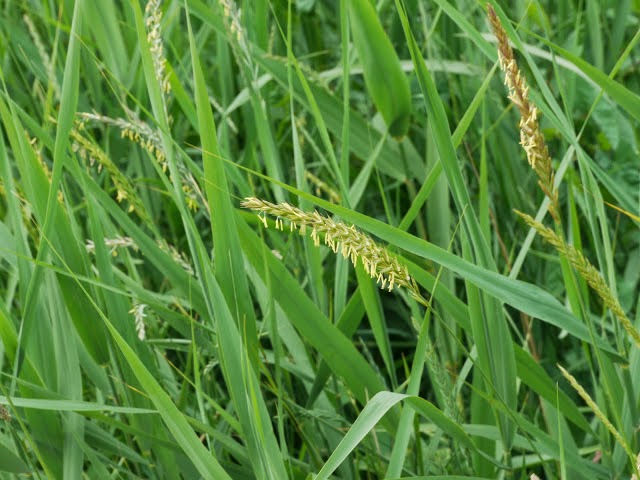Benefits of grass
- Ayurvedic Treatment in Hindi
- Feb 3, 2017
- 2 min read

Druva grass is a sacred grass in India and is used in religious offerings to Lord Ganesha. The grass has medicinal benefits and is used in Ayurveda for healing and curing diseases. It has a high nutritional value and is rich in calcium, potassium, fibre, phosphorus and protein through which it derives it many health benefits.
For maintain a healthy body
Doob grass benefits are effective in maintaining a healthy nervous system and its consumption cure fatigue and insomnia. It provides energy to the body when consumed with water.
Maintains blood glucose levels
Durba grass regulates blood glucose levels by its hypoglycemic effects and thus maintains glycemic index. It is helpful for diabetic patients for maintaining blood sugar levels.
Purifies blood
It purifies blood and enhances the production of RBC’s thus increasing hemoglobin and curing instances of anemia. It is also effective in regulating blood loss happened during menstruation or bleeding caused by any injury. It maintains the alkalinity of blood and detoxifies the blood.
Improves immunity
The grass contains antibacterial and anti-microbial substances which prevents infections and enhance the immune system.
Cures woman health problems
Durva grass is beneficial in curing leucorrhea, vaginal infections, PCOS (Poly cystic ovarian syndrome) and piles. It also helps in boosting prolactin hormone during lactation.
Maintains blood cholesterol
The grass maintains blood cholesterol levels and improves cardiac functions. It acts as an anti-arrhythmic agent and is thus good in curing heart diseases.
It curesoral problems
Oral care including bleeding gums and bad odor is cured by durva grass. The antiulcer activity prevents ulcer and phlegm.
Maintains healthy skin
The grass has anti-inflammatory and antiseptic properties which help in curing eczema, itching, skin rashes and other skin related diseases.
Cures congestion
The grass is effective in curing congestion and ling problems like asthma, bronchitis and flues.





















Comments